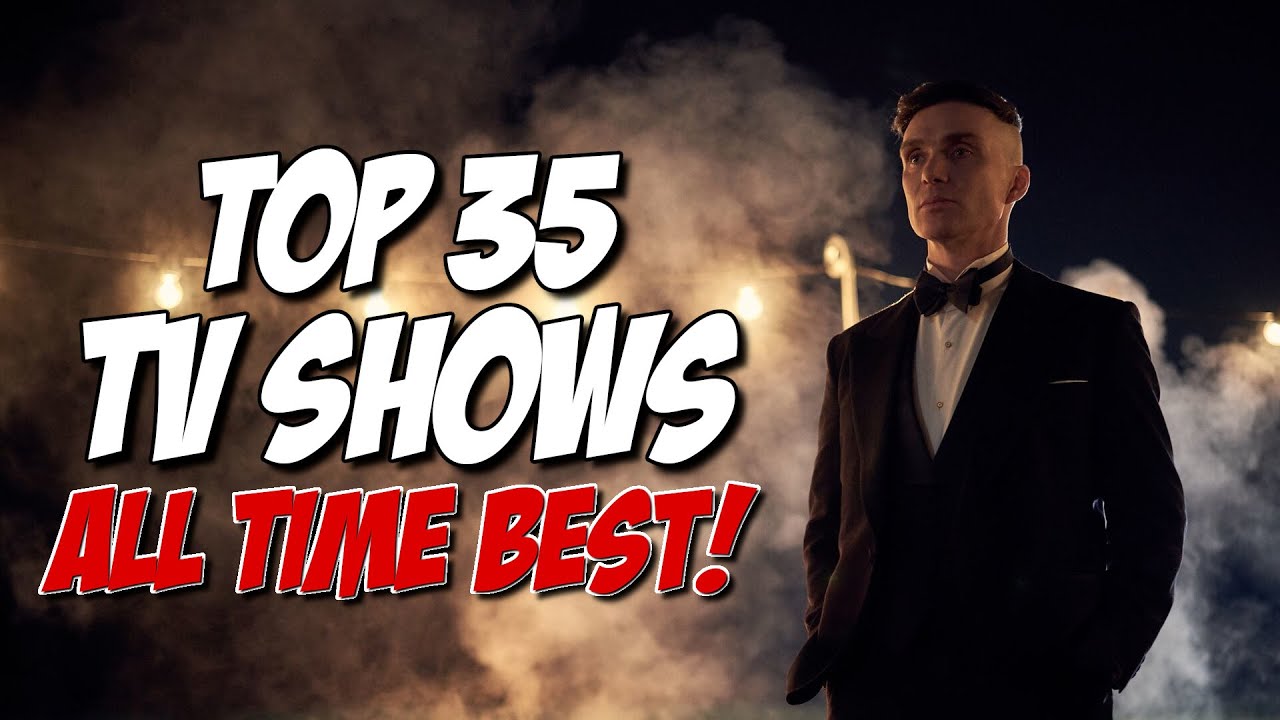
Time travel is a theme that's touched on in many different TV shows over the years, from silly comedy to deep philosophical questions. But the most memorable time travel TV shows are those that make us stop to think how even small things can affect the future.
It's About Time is the goofy and clever comedy series created by Amy Poehler and Natasha Lyonne. It was also among the most innovative TV shows in terms of time travel, since it used different methods to send its characters back into time.
Legends of Tomorrow - Another CW superhero show that's as wild and imaginative as it is funny, this series also has some time travel elements, as the main character, Winston, gets thrown into the past and finds out that he was actually born in a different era than the one he currently lives in. This series is unique in its take on time traveling. Its chaos and complications make it even more interesting.

Dark – A German town in which children have suddenly disappeared is the inspiration for this sci fi series. Characters can travel between timelines by using a time wormhole. Cole, who is a time-traveler returning from a postapocalyptic past, must stop the spread of a mysterious illness that will wipe out seven billion people.
This BBC show is a timeless classic. It was first broadcast in 1963. It stars an alien named Doctor Who, who uses his time machine to travel through space and history. It was a major inspiration for many other television shows and remains popular to this day.
Voyagers - This early 1980s NBC show follows Phineas Bogg and his kid sidekick, Jeffrey Jones, who are part of a secret society of time travelers called the "Voyagers" and travel through history to make sure things go according to plan. The Voyagers are sent back in time to make sure that things go according to plan, but other members of the group often thwart their efforts.
Lost in Time - This 90s Saturday morning Hannah-Barbera cartoon had a lot of similarities to Back to the Future and The Time Tunnel, but it also had its own unique take on time travel. Fonzie's gang along with Mr. Cool, get caught in a DeLorean replica from Back to the Future. The time machine allows you to jump back and forward between the different time periods.

This show is one of many 90s time-travel shows. However, none of them captures the same level or imagination as this series. Even though the series was not as successful as its predecessor it still made for a good watch and got us thinking about time travel's impact on the present and the future.
FAQ
How do ads influence consumer behavior?
Advertisements have two major ways to influence consumer behavior:
-
Ads cause us to associate certain things with certain brands. We might, for example, think that McDonald's hamburgers are better than Burger King's when we see an advertisement from McDonald's.
-
Ads tell us how to act. We will likely go to a store to purchase a new car if we are told by an advertisement.
How effective is advertising on television?
A message that resonates with your target market is the most important thing an advertiser can do. Television advertising is cheaper than radio and print ads. But TV advertising can't always bring results, as viewers are bombarded with too many messages at once.
A study revealed that viewers only remembered two commercials when they saw them simultaneously. This shows just how difficult it can be to make an impression with one commercial.
Multimedia is the best way to communicate your message. If you are trying to promote a product which helps people lose weight, then advertise in magazines, newspapers, and on television.
This will enable you to reach more people and increase awareness about the products.
What type advertising is on TV?
Television is a form of communication where images are used to convey messages. It is one of the most popular media worldwide. The television industry is worth over $100 billion dollars annually.
There are many kinds of advertisements that can be seen on TV.
-
Commercials, also known as TV commercials, are typically 30 seconds long or longer.
-
Programs/Series (also known as "programming") These programs are typically 20 minutes long. However, some may be shorter.
Commercials are shown during commercial break, which is usually every half hour of programming. They are also shown at other times when there is no program being broadcast. This includes infomercials (public service announcements), before and afterwards shows, and so on.
The programs are the heart of every channel. Most channels have multiple series that air every week. Some networks only air one series per days. Others may show several series simultaneously. Some channels are specialized in showing movies, sports events, and news.
Advertising on television has changed significantly since its inception. In the 1950s, television was primarily used for entertainment purposes. Television was primarily used for entertainment purposes in the 1950s. People would watch programs like I Love Lucy, Father Knows Best and Gunsmoke before going outside to play with friends. With the advancement of technology, television became more popular as a way to obtain information about products or services. An example: A person could view an advertisement about a car to learn more about its features.
What are the main styles of commercials available?
Three types of commercials are available: TV Commercials; Radio Commercials; and Print Ads.
TV Commercials are usually 30 seconds long. They're often used for brand awareness campaigns.
Radio commercials last longer (usually around 1 minute) and are often used to promote products.
Print ads are shorter (usually 2-3 minutes), and they're usually aimed at specific audiences.
Statistics
- Video-ad views on OTT (over-the-top) devices grew 63% year over year in Q3 2016, and the trend is expected to continue, further crippling traditional TV advertising. (clearcode.cc)
- To get estimated costs for airing a 60-second TV commercial in different regional markets, check out the following figures in this TV ad pricing chart from the media experts at Casual Precision. (fitsmallbusiness.com)
- Radio is extremely accessible – 95 percent of cars have radios, and 99 percent of homes have radios. (marketingevolution.com)
- This includes 97 percent of Gen X, and 95 percent of Millennials. (marketingevolution.com)
- With OTT ad revenue set to increase from 45% to 60% over the next decade, AdTech pioneers and early adopters of OTT advertising will reap its benefits in the near future. (clearcode.cc)
External Links
How To
How does the TV Advertising Industry work?
There are many companies involved in TV advertising. Ads must be relevant and not offend viewers.
The media buying company then buys the broadcast time from the networks. Then, they sell the airtime on to advertisers. This is how advertisers pay for airtime. You can either buy whole days or specific timeslots.
After the purchase of airtime, the media buying firm sends the advertisement to the network. The network then shows the ad during its scheduled broadcast time.
A viewer who watches the ad may click on the link that takes them to the advertiser's web site. If they do click on the link, then the advertiser pays the media buying company again.
This process continues until the advert is finished. The media buying company receives the money from advertisers and passes it to network.
Advertising agencies create the ads and send them to the media buying company. They also manage the creative side of the campaign.
They also manage and coordinate the creative aspects of the campaign. They manage the production of ads and communicate with clients about the budget.
They are responsible for overseeing the entire campaign and keeping track of all activities.